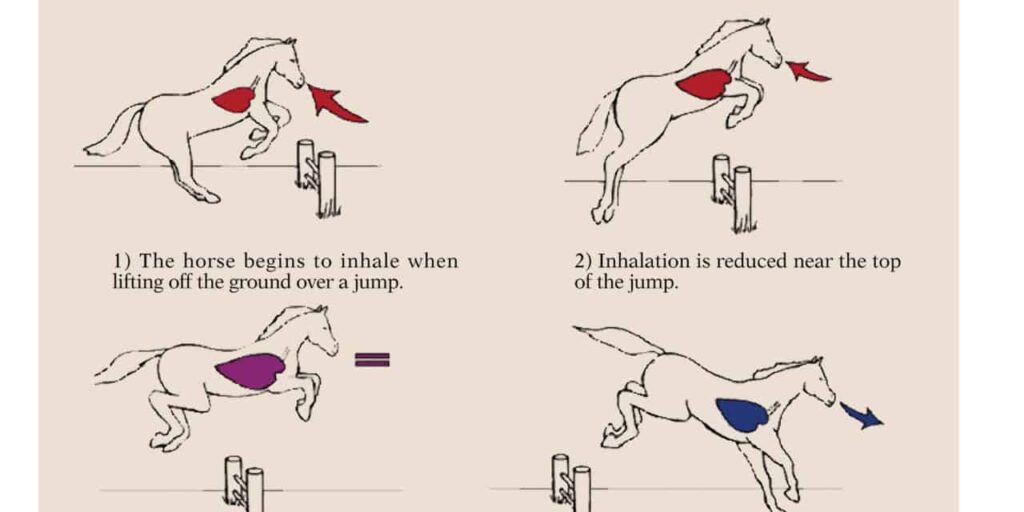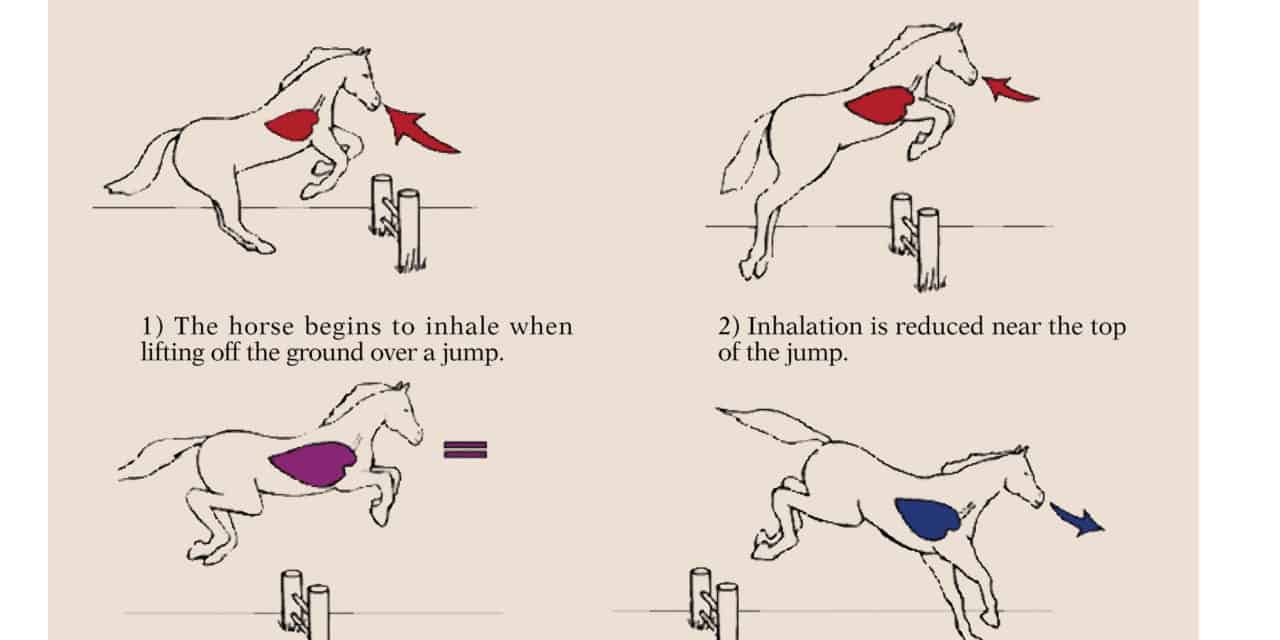Do you ever find yourself holding your breath when you’re horseback riding? Maybe you’re nervous or focused, and you forget to take deep breaths. Well, today we’re going to talk about the importance of breathing techniques in horseback riding. Trust me, it’s something you don’t want to overlook if you want to improve your riding skills.
When it comes to horseback riding, proper breathing is essential. It not only helps you relax and stay calm, but it also improves your balance and connection with your horse. By taking slow, deep breaths, you can release tension in your body and maintain a steady rhythm. In our upcoming blog post, we’ll dive deeper into different breathing techniques and how they can benefit your riding. So, stay tuned to learn more about this important aspect of horseback riding!

The Importance of Breathing Techniques in Horseback Riding
Introduction to breathing techniques in horseback riding
When it comes to horseback riding, mastering the art of proper breathing techniques may not be the first thing that comes to mind. However, the way you breathe while riding can have a significant impact on your performance, connection with your horse, and overall riding experience.
Benefits of proper breathing during horseback riding
Practicing proper breathing techniques while on horseback offers several benefits that can greatly improve your riding skills and overall enjoyment. By focusing on your breath, you can achieve:
Improved rider balance and coordination through mindful breathing
One of the key benefits of incorporating breathing techniques into your riding routine is the improvement in your balance and coordination. By consciously focusing on your breath, you can maintain better body awareness and control while riding.
Enhanced communication and connection between rider and horse
Breathing is not only essential for the rider but also plays a crucial role in communicating with your horse. Horses are highly perceptive animals and can pick up on subtle cues. By maintaining a steady and rhythmic breath, you can establish a stronger connection and communicate more effectively with your equine partner.
Reduced anxiety and stress through controlled breathing
Horseback riding can be exhilarating, but it can also induce anxiety and stress, especially for beginners. Learning breathing techniques can help you stay calm, relax your body, and minimize any anxiety or stress you may feel while riding.
Increased focus and concentration while riding
Proper breathing techniques can also enhance your focus and concentration while riding. By bringing your attention to your breath, you can block out distractions and center your mind on the present moment. This heightened focus allows you to be more aware of your surroundings and make quick decisions.
Effective techniques for deep breathing on horseback
Deep breathing is a fundamental technique that every rider should practice. Here are a few effective techniques to incorporate into your riding sessions:
-
Diaphragmatic Breathing: Place your hand on your diaphragm, just below your ribcage. Inhale deeply, allowing your belly to rise as your diaphragm expands. Exhale slowly, feeling your belly fall, and repeat.
-
Box Breathing: Inhale for a count of four, hold your breath for a count of four, exhale for a count of four, and hold your breath for a count of four again. Repeat this pattern while maintaining a relaxed and rhythmic breath.
Tips for incorporating breathing exercises into riding sessions
To make the most of your breathing exercises, here are some helpful tips to keep in mind:
-
Start with Relaxation: Begin your riding session with a few minutes of relaxation exercises, focusing on your breath and releasing any tension in your body. This will help you achieve a grounded and calm state before mounting the horse.
-
Practice Off the Horse: Take time outside of your riding sessions to practice breathing techniques. This will not only reinforce these skills but also allow you to become more familiar with the exercises and their effects on your mind and body.
Breathing exercises for relaxation and rhythm
Relaxation and rhythm are key elements in horseback riding. Here are a couple of breathing exercises that can aid in achieving both:
-
Equal Breathing: Inhale for a count of four, hold for a count of four, exhale for a count of four, and hold again for a count of four. Repeat this pattern to promote relaxation and establish a steady rhythm.
-
4-7-8 Breathing: Inhale deeply for a count of four, hold your breath for a count of seven, and exhale slowly for a count of eight. This exercise helps calm the nervous system and prepare you for a focused and balanced ride.
The role of breath control in effective riding aids
Breath control plays an integral role in executing effective riding aids. By utilizing your breath, you can enhance your communication with the horse and refine your aids. Each breath gives you an opportunity to convey subtle cues and signals to your equine partner.
Combining breathing techniques with proper posture and alignment
To fully benefit from breathing techniques, it’s essential to combine them with proper posture and alignment. By maintaining correct alignment while riding, you allow your breath to flow freely and optimize its influence on your body’s stability and connection with the horse.
Breathing techniques for specific riding disciplines
Different riding disciplines may require specific breathing techniques to optimize performance and harmony. Dressage riders, for example, can benefit from utilizing breath to establish rhythm and precision, while endurance riders may concentrate on deep breathing to enhance endurance and stamina.
How to teach breathing techniques to beginner riders
For beginner riders, learning breathing techniques should be incorporated into their foundational lessons. Here are some effective ways to teach breathing techniques to beginners:
-
Breath Awareness Exercises: Start by helping beginners increase their awareness of their breath, encouraging deep and relaxed breathing during groundwork exercises, and gradually progressing to mounted work.
-
Visualization Techniques: Use visualization exercises to help beginners connect their breathing with specific movements, such as inhaling while sitting the trot or exhaling during a jump.
Conclusion: Harnessing the power of breath for successful horseback riding
Breathing techniques may not seem like a critical aspect of horseback riding, but their importance should not be overlooked. By incorporating proper breathing techniques into your riding routine, you can experience improved balance, enhanced communication with your horse, reduced anxiety, increased focus, and heightened overall riding performance. Practice and master these techniques to harness the power of breath and take your horseback riding skills to new heights.
Remember, breathing techniques are not only beneficial for performance but also for creating an enjoyable and harmonious connection with your equine partner.
So, the next time you grab the reins, remember to take a deep breath and ride on with confidence and ease.
For more horseback riding tips and information, visit HorseBackRidingDude.com.
